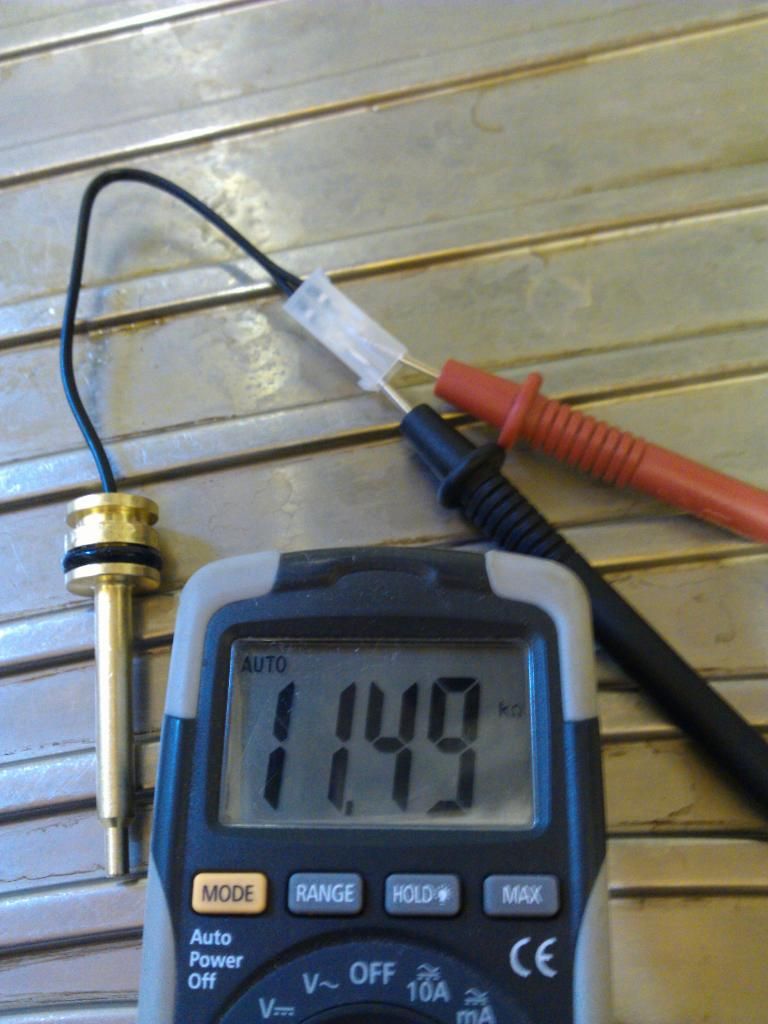Simple method to test the diverter valve is to start with the heating system cold, and the boiler off. Turn the boiler on, with no demand on it. It should fire up and preheat the plate to plate, then stop and go into standby.
While its doing this, check by holding onto the heating FLOW pipe under the boiler that its staying cool, preferably hold it a foot or so below the boiler, to be clear of heat conduction. Look in the manual to identify the correct pipe.
If this is cool, and hasnt heated up then run the hot tap. The boiler should fire up with the demand. Hold the pipe again and check to make sure the heat is not escaping into the heating circuit. If it is you need to look at the diverter motor, or hydrualic cartridge as being faulty.
If the pipe stays cool but the burner stops burning gas, even though the tap is still running then you could have sludge in the plate to plate heat exchanger.
Mick




 Its the risk you take doing it yourself to save some money rather than getting a professional in. Potentially it can be a more expensive road to go down, as I'm sure you are starting to realise.. With no training, experiance or qualifications in what your doing, things can easily not go how you would like or imagine.. But saying that....hope it goes well for you
Its the risk you take doing it yourself to save some money rather than getting a professional in. Potentially it can be a more expensive road to go down, as I'm sure you are starting to realise.. With no training, experiance or qualifications in what your doing, things can easily not go how you would like or imagine.. But saying that....hope it goes well for you 
